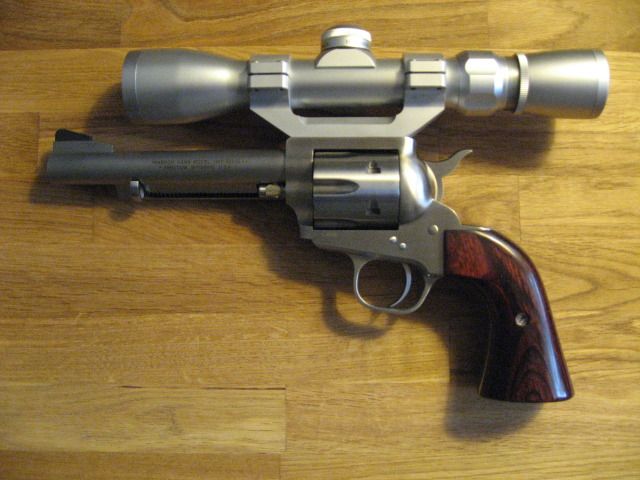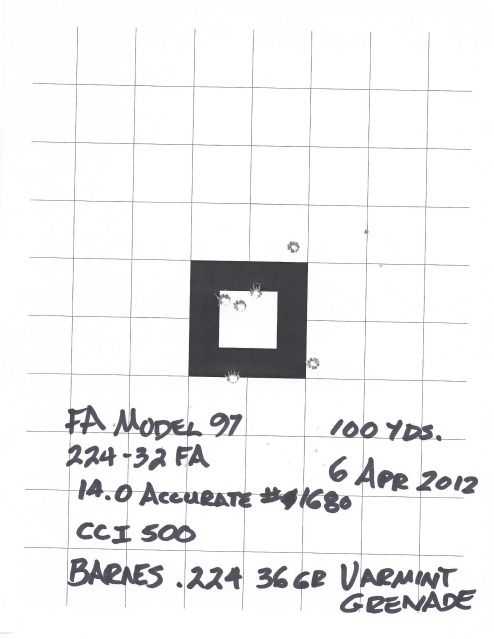Micahweeks
New member
Would it be possible to make a revolver chambered in 5.7? I brainstormed the idea in the "revolver innovations" thread, but I've been obsessing over it ever since. What do you think (ammo availability aside) of the idea? How would it perform? How many shots would a GP100/686 sized gun hold? Would such a gun be terribly expensive to make? Would such a gun increase the popularity of the caliber?


